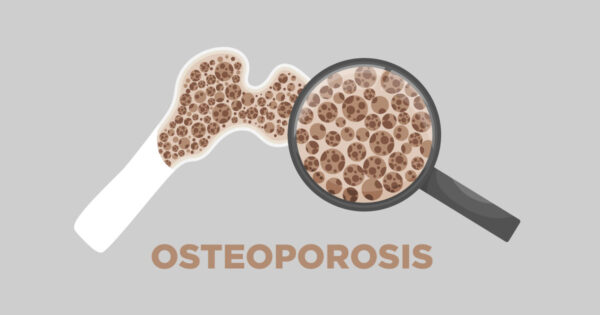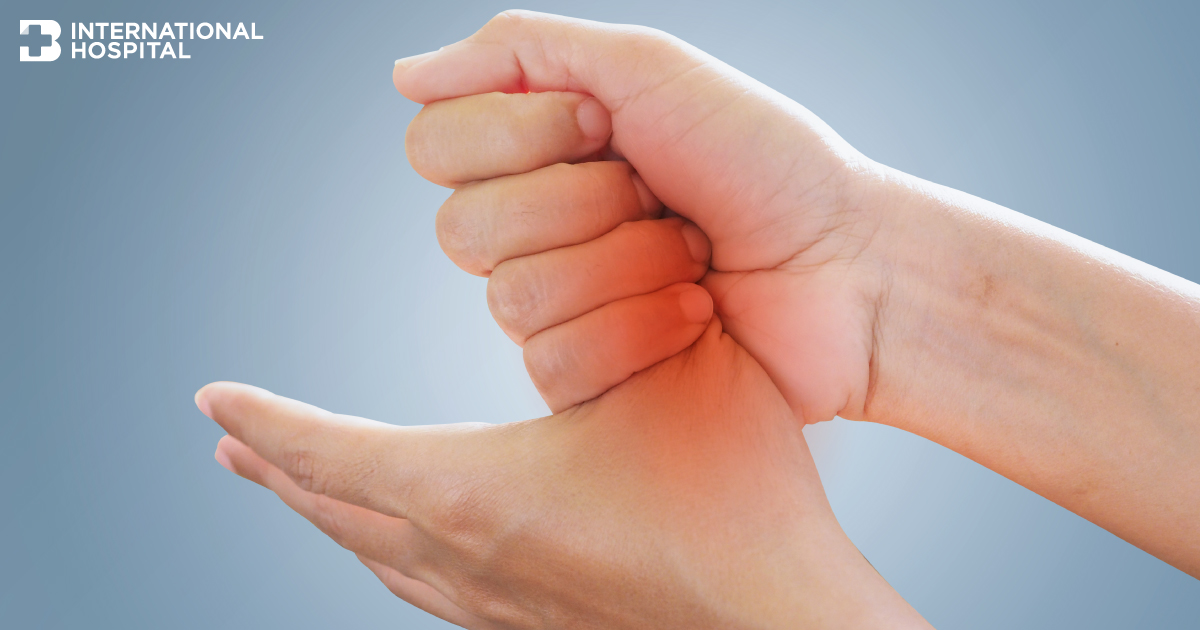Falls represent one of the top accidents that lead to injury, bone fracture, disability, and sometimes death among the elderly. Interestingly, 1 in 3 accidents in the elderly occur at home, a place considered safe. However, for the elderly, the home can be more dangerous than expected if not properly prepared. Let’s take a look at 8 ideas to make your home safer for the elderly.

-
Non-slip Floors
Install non-slip mats in risky areas. If renovating the floors, choose materials like wood or synthetic wood, granite tiles. For the bathroom, select matte-finished tiles or textured tiles to provide more grip due to their smaller size and more frequent grout lines, which can help prevent falls in the elderly. Importantly, choose colors that contrast between the floor and the wall.

-
Essential Ramps
Install ramps at various steps to alleviate the effort for those who use wheelchairs. The slope should not exceed 5 degrees, and the width should be at least 90 cm. Make sure to have a resting platform for ramps every 6 meters, especially in front of doors, to prevent wheelchairs from slipping while opening the door and causing a fall.

-
Important Bed Size
Choose beds that are at least 180 cm long and about 40 cm high (for wheelchair users) or a height that matches the knee bend. Ensure there is a 90 cm space around the three sides of the bed to facilitate stability while walking and to prevent hitting furniture or objects in case the space is too narrow.

-
Doorways Should Be Wide
Use doors that are at least 90 cm wide or wider than the width of a wheelchair for ease of movement. Door handles should be lever types that do not require twisting, which can alleviate the effort for the elderly.

-
Handles in Various Points
Install handrails at different points such as stairs, bathrooms, and along hallways. The rails should be installed at a height of 80 – 100 cm from the floor. Choosing different types of handrails suited to their use, like short rails for support, long straight rails for walkways, and L-shaped or V-shaped rails for support while sitting or standing, can significantly prevent falls.
-
Bright Lighting
For the bathroom, walkways, or stairs, which are risky areas, choose Day Light type lighting for clear brightness to prevent accidents like bumping into or tripping over objects. The light switches should be 5 – 7.5 cm in size, conveniently reachable, and should have a light when the switch is on. The installation should be at least 45 cm from the floor but not exceeding 90 cm. Alternatively, you could use remote technology to switch lights on and off.

-
Convenient Functionality Appliances
Shelves or wardrobes should have an adjustable height feature for easy reach by the elderly without stretching their feet, providing convenience and preventing loss of balance and falls. For example, using adjustable clothes rods or wardrobes with adjustable levels for hanging clothes.

-
Emergency Equipment
Install additional safety equipment such as toilet emergency pull-cords, emergency call buttons that dial pre-set numbers, and bedside control panels for caregiver calls, etc.
If the elderly at home are at risk of falling or if there is a concern about falling, it is recommended to undergo a Fall Risk Assessment starting from medical history and physical examination such as muscle strength assessment, vision test, to organize a personalized rehabilitation program, such as using balance training tools (Balance Master), hydrotherapy, and physical therapy.
While adjusting the home environment and providing good care can significantly reduce the risk of accidents in the elderly, sometimes unavoidable incidents can still occur. If an elderly person experiences a fall, it is crucial to immediately take them to a hospital for an x-ray of the injured area since the bones of elderly people are more prone to fractures, especially the hips and spine. Moreover, if a bone fracture occurs anywhere in the body, Bangkok International Hospital’s Orthopaedics and Joint Center, with a team of specialists and physical therapists, is ready to provide care for recovery and movement. For more information, call 1719.
Sources
- Kind Hearted Home Manual: A home designed for you, by the Association of Siamese Architects under Royal Patronage, supported by the Health Promotion Fund Office, Thai Health.
- The website of the Health Systems Research Institute (HSRI).
- Bangkok Fracture Center at Bangkok International Hospital







